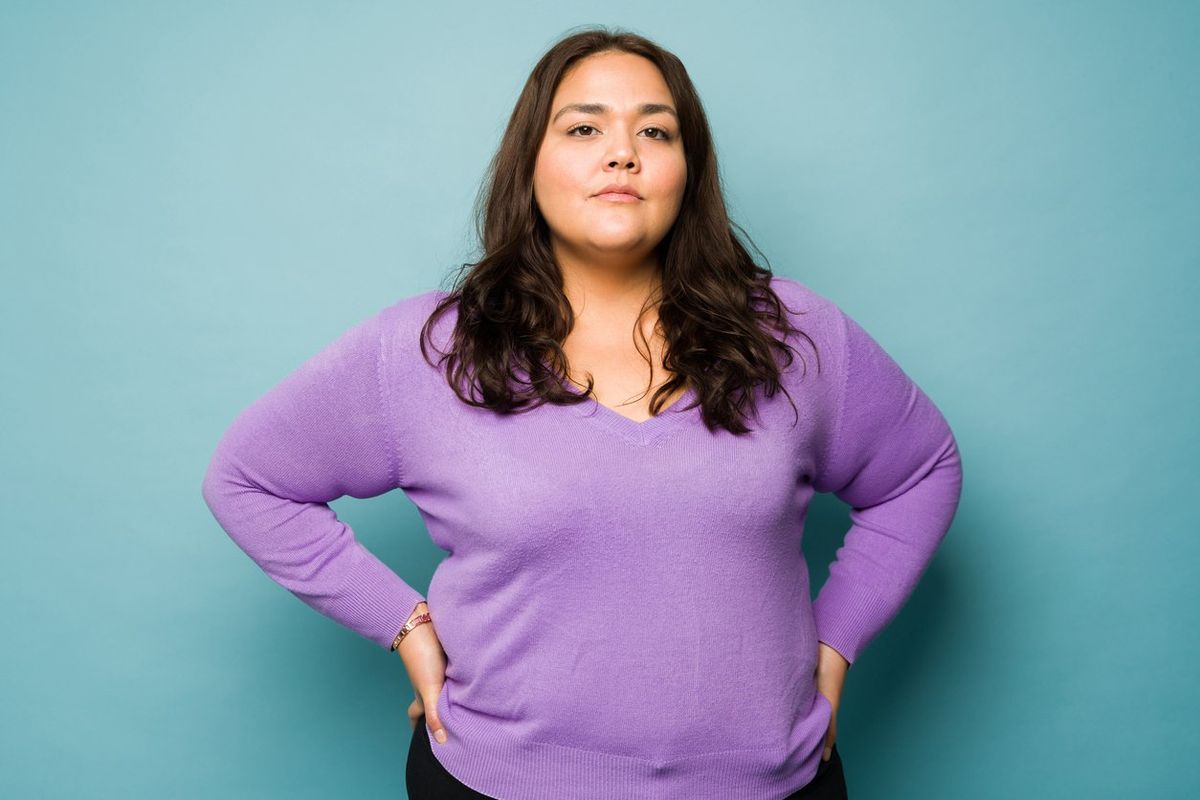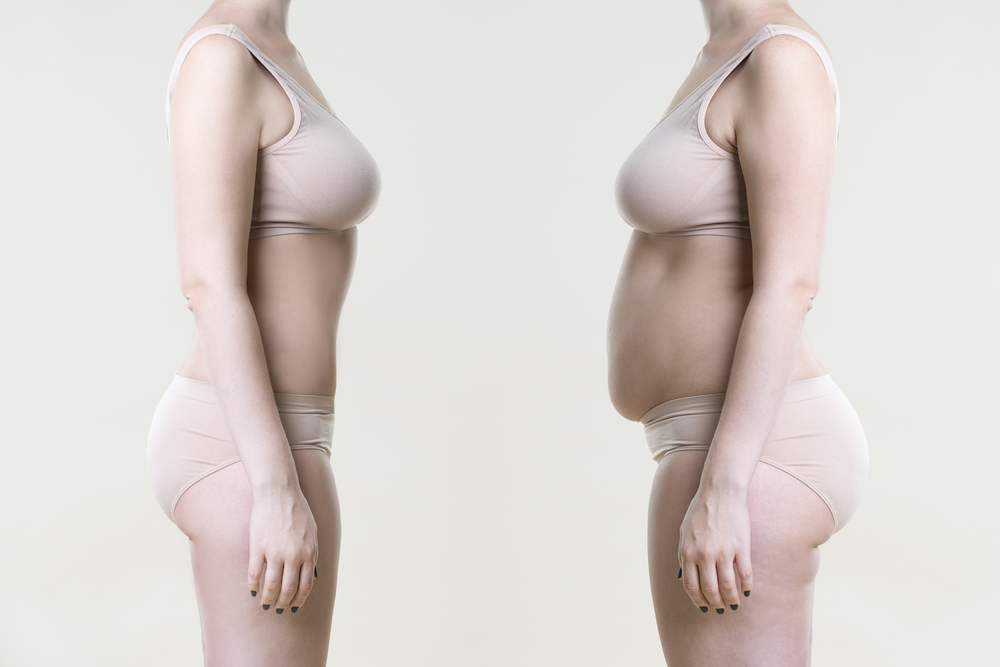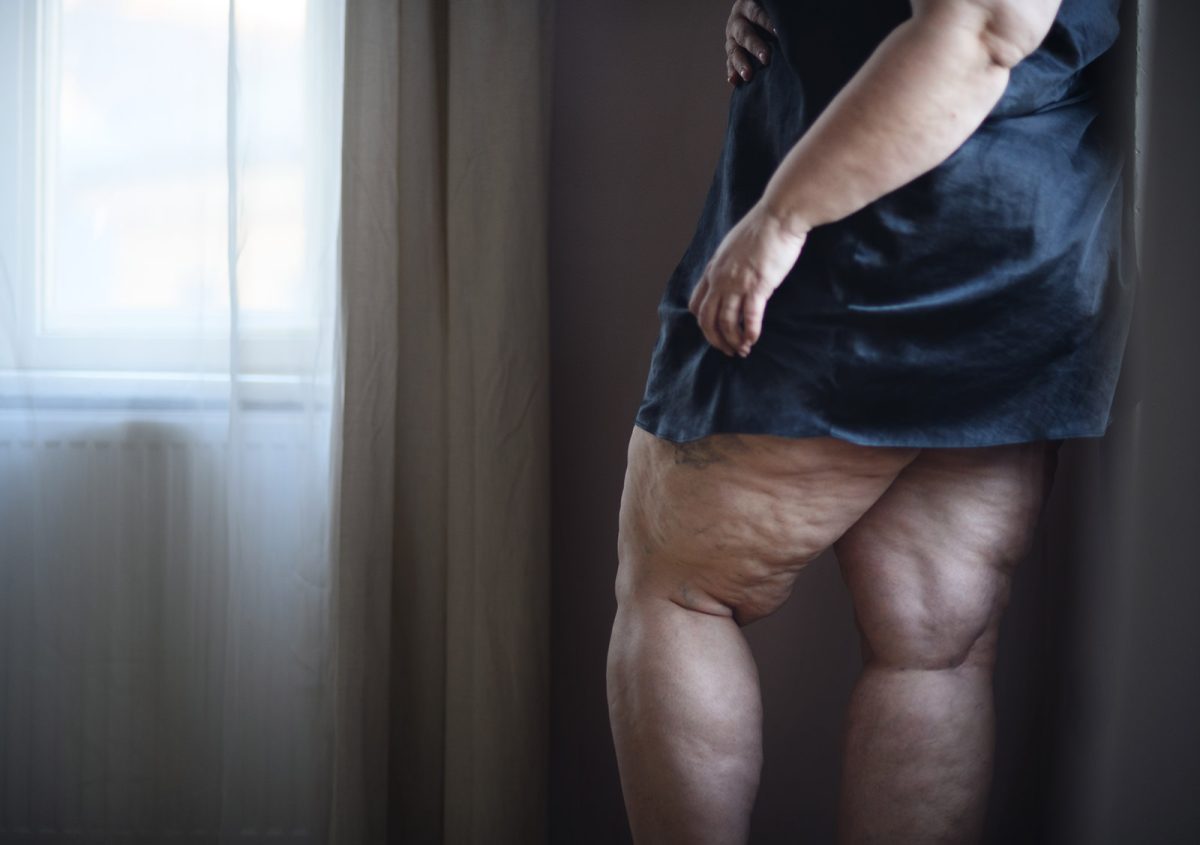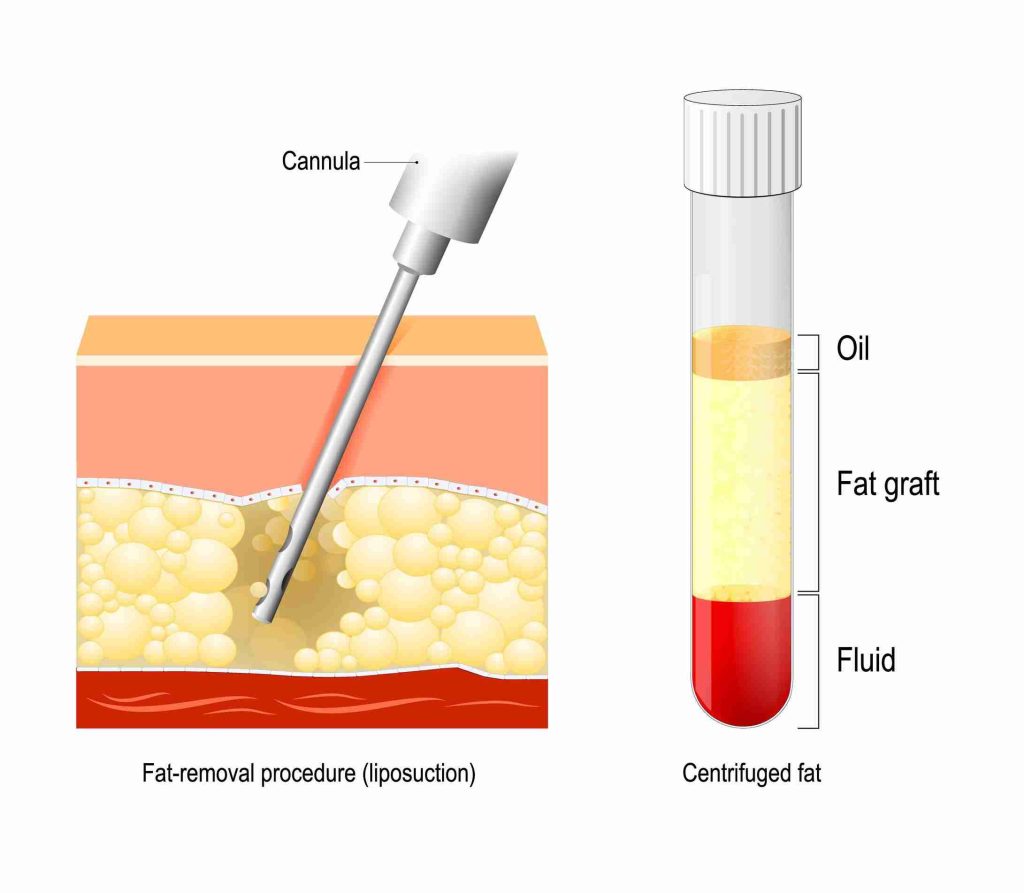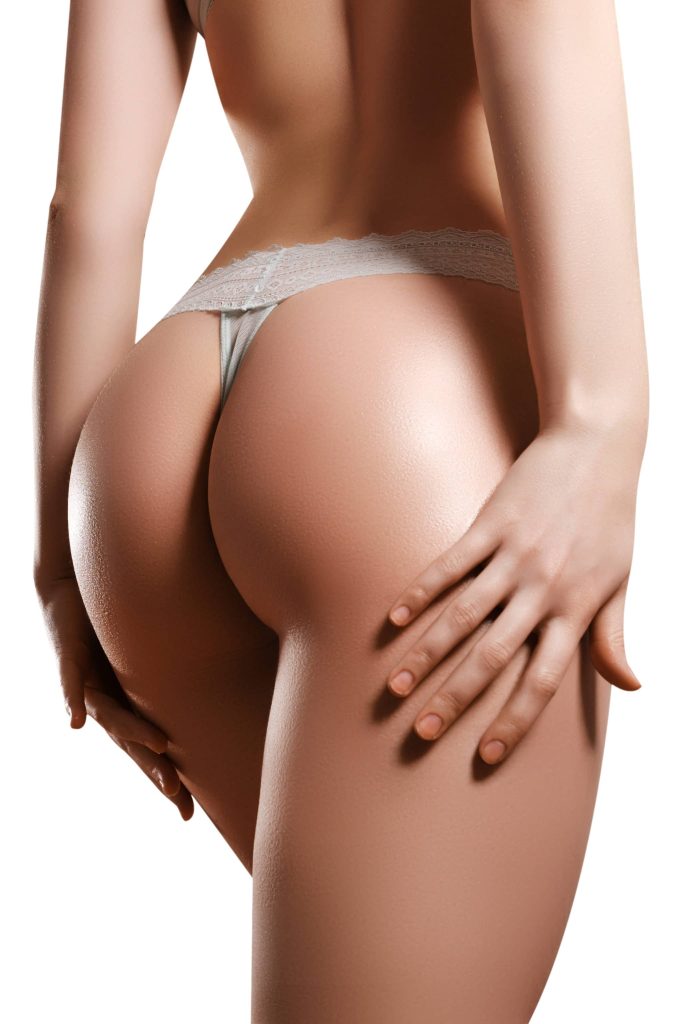Key Takeaways
-
BBL is a cosmetic procedure that improves the shape of the buttocks with the patient’s own fat. This method produces very realistic results and uses very little artificial substance.
-
BBL can help you achieve smoother, tighter skin with improved texture and contour. Remember that it’s not intended to address cellulite, and even if you see improvements, they might be short-lived.
-
As with any procedure, it’s important to properly manage expectations in terms of cellulite reduction. For longer lasting results, think about using it in combination with other treatments.
-
Know that patience and consistency are key in post-treatment care. These qualities will ensure you are getting the best outcomes, particularly when combined with a healthy lifestyle for the most long term results.
-
Pinpoint patient-specific elements that may affect BBL results, including skin type, skin elasticity and overall body type. Then meet with professionals to receive personalized recommendations to best meet your needs.
-
Effective planning for a Brazilian Butt Lift (BBL) is the key. Discuss your full medical history, comply with pre-treatment instructions and choose qualified professionals to maximize safety and the appearance of results.
If you’re looking to add more curves to your body, undergoing a Brazilian Butt Lift (BBL) is an attractive option. It’s important to recognize the impact of realistic expectations regarding cellulite on the process.
BBL can help to reshape and lift the buttocks, but it will not remove cellulite. Cellulite is a normal anatomical feature of skin, most commonly seen on the thighs and buttocks. Understanding this is key to managing your expectations and being pleased with your outcome for what it truly is.
A BBL will still add contour and shape, giving a smoother look, but it won’t remove cellulite. Setting realistic expectations helps guarantee that patients are happy with the results achieved and encourages a more positive approach to any body image shifts.
It’s a matter of accepting the best instead of the absolute best.
What is BBL Treatment?
Definition of BBL
Whenever the Brazilian Butt Lift (BBL) comes up, we get a lot of reactions. It improves the shape, size, and appearance of the buttocks resulting in a curvier, more attractive physique.
It also uses a technique called fat grafting, which is the heart of the procedure. Fat is harvested from other areas of the patient’s body, creating a natural and balanced appearance.
BBL is unique because it relies on the patient’s own body fat for augmentation. Compared to other implant-based techniques, BBL provides a much more organic result.
This technique increases fullness in the buttocks. Simultaneously, it sculpts the body by eliminating stubborn fat from spots such as the abdomen.
How BBL Works
BBL includes these three key steps. It all begins with fat harvesting, in which fat is removed from donor sites through liposuction.
This technique precisely extracts fat from areas such as the abdomen or thighs. Next, the fat undergoes processing to further purify and prepare the fat for transfer.
Lastly, the purified fat cells are carefully injected back into the buttocks, creating a more voluptuous shape and appearance.
The treatment has become popular for its natural looking results and less dependence on artificial products. Surgeons consider personal factors such as skin elasticity, as high elasticity can drastically affect the outcome.
Common Uses of BBL
BBL is popular for its butt augmentation and contouring effects that attract those looking for more of an hourglass figure.
Beyond the buttocks, it helps with overall body sculpting, giving you a more proportionate figure. The procedure’s results are long-term, with healthy weight maintenance extremely important.
Most patients are back to their everyday routine within a few weeks.
How BBL Relates to Cellulite
BBL and Skin Texture
BBL, or Brazilian Butt Lift, typically results in improvement in skin tone and texture as well in those areas treated. Through the transfer of a patient’s own fat cells, BBL can help achieve smoother, firmer skin.
Fat grafting works with the natural healing process to restore volume beneath these dimpled areas, smoothing out the skin for an even surface. This leads to improved skin tightness, leading to a more visually appealing tone.
While these advances are promising, it’s critical to understand that BBL is not a surefire option for cellulite elimination.
BBL’s Role in Cellulite Reduction
Although BBL improves the skin’s overall appearance, it is not specifically intended to treat cellulite. The procedure works by injecting fat into cellulite depressions, filling in these dimples and creating a smooth skin appearance.
To meaningfully treat cellulite, it sometimes takes more than that with adjunctive treatments. Specifically, Cellulaze™ is a laser treatment widely recognized for the most dramatic, long-lasting results in cellulite reduction.
Pairing BBL with other procedures, such as liposuction, can address several areas of concern at once. It’s important to understand that maintaining a healthy lifestyle with diet and exercise is key to achieving lasting results.
Comparing BBL with Other Treatments
|
Treatment |
Invasiveness |
Recovery Time |
Expected Results |
|---|---|---|---|
|
BBL |
Moderate |
A few weeks |
Enhanced contour |
|
Liposuction |
Moderate |
Weeks |
Fat reduction |
|
Cellulaze™ |
Moderate |
Days to weeks |
Cellulite reduction |
That’s why BBL is such an attractive approach. It treats multiple concerns with a single treatment and is less invasive than other options.
It’s not a permanent solution for cellulite and typically requires maintenance treatments.
Setting Realistic Expectations
1. Understanding Cellulite
Cellulite typically presents as dimpled skin, a telltale feature that many people may recognize on their thighs, buttocks or abdomen. It’s determined by things like genetics and skin elasticity that makes it a communal occurrence for the majority. Various body types can exhibit different levels of cellulite, and this variability is completely natural.
Recognizing these factors is important to establishing realistic expectations for any procedure, including BBL.
2. Limitations of BBL for Cellulite
BBL Brazilian Butt Lift provides beautiful enhancements but it’s not an overnight fix for all of your cellulite concerns. The aesthetic, anti-cellulite benefits of a Brazilian Butt Lift are likely to be temporary. To achieve results that last, it’s usually necessary to complement BBL with other treatments.
It’s important for patients to know that BBL isn’t an overnight miracle solution, and setting realistic expectations is the secret to happy patients.
3. Expected Outcomes of BBL
Understand that the full results of a BBL don’t appear all at once, and the most dramatic changes will include your body’s shape and contour. Follow-up consultations are extremely important to make sure things are moving along and to discuss any questions or issues that arise.
Patients need to go into the procedure expecting slow, steady improvements and not an overnight miracle, and that’s the realistic mindset we need to impress upon them.
4. Importance of Patience and Consistency
Patience is an important part of the recovery process. Consistency in post-treatment care and lifestyle choices, such as maintaining a stable weight, promotes long-term results.
Dr. Cat emphasizes the need for honest communication with providers to establish and understand these realistic expectations.
Factors Influencing BBL Results
So if you’re set on getting a Brazilian Butt Lift (BBL), be aware of these key factors that can influence your results. The factors that determine BBL results include the person’s individual body type, which has a huge impact on whether or not the procedure will be successful. Every individual’s unique and specific anatomy, including fat distribution and skin quality, determines how the results will show.
Skin elasticity, for example, is important for a BBL to properly take. This is important because healthy skin elasticity helps the transferred fat to integrate more seamlessly, optimizing the appearance of the lift.
Skin Type Considerations
Skin type is a major factor that influences BBL results. The depth of the injection, skin elasticity, and thickness also play an important role. Thick, elastic skin usually promotes deeper fat retention and more aesthetically pleasing results.
Face-to-face consultations with trained professionals are key to achieving optimal results and treating skin concerns. During these evaluations, skin elasticity is considered, since it greatly affects the outcomes of elective surgeries such as BBL.
Frequency of Treatments
Consistent BBL treatments and maintenance will improve your long-term results. Incorporating these periodic sessions from the outset ensures that progress is maintained and necessary adjustments are made as times change.
Adhering to expert guidelines about treatment intervals leads to more dependable and predictable results.

Lifestyle and Maintenance
A healthy lifestyle plays a major role in maintaining BBL results. Consistent physical activity and nutritious meals not only help with the health of the entire body, but they also greatly affect the outcome of the procedure.
Implementing skincare routines that improve the condition and elasticity of the skin will help preserve the improvements made through BBL.
Professional Expertise and Equipment
Selecting skilled plastic surgeons and the latest techniques are key. Our board-certified specialists use the latest technology to maximize safety and quality results.
Their experience in performing such a complicated procedure as BBL increases the chance of receiving the best result possible.
Preparing for BBL Treatment
Essential Steps for BBL Preparation
-
Talk about previous surgeries, allergies, and any other medical issues.
-
Clearly outline what you hope to achieve with your surgeon.
-
Incorporate a balanced diet, regular exercise, and hydration.
Preparing smartly for Brazilian butt lift surgery is key to achieving optimal results. Understanding how skin elasticity affects your body shape, especially in the buttocks area, is crucial and discussing this with your cosmetic surgeon can provide valuable insights.
Consultation with Professionals
Consult considerations before treatment are essential. Look for evaluations of skin type and/or elasticity, which help establish appropriate expectations.
We want to hear from you! Open communication about your specific goals and concerns is key. Through these professionals, you’ll receive personalized recommendations and the confidence that your goals and possibilities are in sync.
Pre-Treatment Guidelines
Here’s a helpful checklist:
-
Avoid Blood Thinners: Stop taking them weeks before surgery to reduce bleeding risks.
-
Maintain Stable Weight: Significant weight changes can affect results.
-
Drink at least eight glasses of water daily for healthy skin.
These steps not only improve outcomes in surgery but also help to prepare your body for the procedure.
Post-Treatment Care
Proper recovery involves following key post-treatment care instructions:
-
Look out for signs of infections and report them immediately.
-
Regular check-ups help track healing progress.
-
Take short strolls to increase comfort and healing.
Maintaining an active lifestyle, including a minimum of 150 minutes of moderate exercise per week, will encourage faster recovery and better results.
Since up to 90% of women have cellulite, understanding your skin type will help manage expectations.
Conclusion
Having realistic expectations about what BBL can and cannot do for you is key to achieving beautiful, natural-looking results with this treatment. BBL can’t make every change, but some improvements are well within their reach. It frequently returns due to the nature of skin itself. Acknowledging this allows you to appreciate realistic outcomes. Put your health first, and have candid conversations with experienced professionals. This keeps their experience journey much smoother and easier and happier.
Ultimately, having realistic expectations and understanding the truth allows you to make the most informed decisions. Stay educated, and respect your journey. If you feel that BBL could be the right solution for you, consult with a qualified provider. They watch you, they guide you, they answer your questions. Follow along, and choose wisely. This ensures that you get to reap the full benefits of your BBL treatment.
Frequently Asked Questions
What is a BBL treatment?
BBL, or Brazilian Butt Lift surgery, is a popular cosmetic surgery procedure. This aesthetic treatment involves liposuction and fat transfer techniques, aiming to enhance the shape and size of the buttocks for a more appealing butt shape.
Can a BBL help reduce cellulite?
While considering BBL surgery, it’s important to note that this cosmetic surgery procedure does not eliminate cellulite. However, it can enhance the skin’s appearance, contributing to a smoother and more appealing butt shape.
Why are realistic expectations important for BBL?
Setting realistic expectations is key to ensuring your satisfaction with the Brazilian butt lift surgery. While BBL procedures can achieve an appealing butt shape, they don’t work miracles. Understanding the limitations of cosmetic surgery procedures is the best way to ensure satisfaction with the surgical outcomes.
What factors affect BBL results?
Several factors influence results in cosmetic surgery procedures: the surgeon’s skill, body type, healing process, and adherence to post-op care, all of which can affect the look you will achieve.
How should I prepare for a BBL treatment?
Preparation for the cosmetic surgery procedure includes a consultation with your provider to set realistic expectations for results and recovery, ensuring smoother skin and an appealing butt shape.
Are there risks associated with BBL?
As with any cosmetic surgery procedure, considering BBL surgery has risks such as infection, asymmetry, and fat embolism, which can be mitigated by collaborating with an experienced plastic surgeon.
How long is the recovery period after a BBL?
Recovery time after cosmetic surgery procedures typically spans 2 to 6 weeks, making it crucial to follow post-op care instructions for optimal healing and results.






